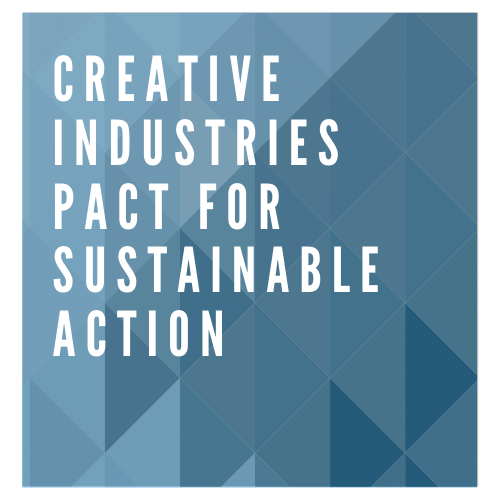Some ideas for how you can work toward each pledge
This initiative supports and encourages the ability for any organization to work toward the outlined goals and objectives in their own way and context. Inspiration can however be helpful; here are some ideas to get you started:
Formally develop and implement an action-oriented sustainability strategy which aligns with the goals within established frameworks set out above.
Develop a strategic sustainability plan with clear short-term and long-term targets for your organization
Learn about local and/or international climate action and resource consumption plans, and identify ways that your organization can contribute to those
Establish metrics to quantify, track, and report on water and resource consumption, emissions and impacts through the establishment of a baseline and assessment of performance over time.
Calculate carbon emissions and track them over time to improve performance
Track and improve waste management performance
Establish a water and waste water management policy
Calculate cost savings realized through sustainability initiatives
Document best practices implemented by your organization
Educate the workforce on the impacts of climate change and resource consumption.
Provide carbon literacy and/or sustainability training for staff
Have employees or executives attend a sustainability conference
Distribute regular sustainability tips and practices to your staff
Learn about the initiatives your peers and competitors are implementing
Reduce the amount of fuel, energy and materials consumed.
Use electric vehicles
Source renewable energy
Source reused materials, and donate materials you no longer need
Incentivize ride sharing and public transportation options
Prioritize the consumption of low-carbon foods.
Choose vegan or vegetarian options
Choose chicken or sustainable seafood over beef, pork, or lamb
Choose local and seasonal produce
Prioritize the use of low-carbon materials to encourage change in our supply chains.
Source materials locally
Use products with post-consumer recycled content
Influence supply chain and procurement decisions to prioritize products that are energy efficient, non-toxic, have a low-carbon footprint and reduce waste.
Source locally
Choose suppliers that provide sustainable solutions and products
Prioritize certified sustainable products (e.g. FSC lumber)
Use digital technologies and #PledgePaperless
Procure products with post-consumer recycled content
Choose vegetarian or vegan options
Reuse materials and avoid single use items
Choose accommodations that use environmental best practices
Consult the red list to avoid the worst in class materials prevalent in the building industry
Implement business practices that encourage the principles of resource efficiency, such as energy efficiency, water conservation, waste reduction and transport management.
Use electric or fuel efficient vehicles
Encourage efficient transport options and direct flights
Prioritize employing a local workforce
Increase the use of teleconference platforms to avoid unnecessary flights
Source renewable energy
Source energy and water efficient appliances, fixtures and fittings
Contribute to social and community development.
Protect and support cultural heritage
Commit to fair working practices and wages
Respect internationally recognized human rights standards
Develop and/or increase the number of partnerships that enable knowledge-sharing on sustainable best practices.
Partner with other organizations to implement peer-to-peer learning opportunities and knowledge exchanges.
Work with a local non-profit organization
Advocate for incentives for environmental action.
Advocate for tax credits or permit fee reductions for the incorporation of sustainable practices.
Leverage the influence of the industry on the general public to achieve a broader cultural shift towards a more sustainable way of living through inclusion of direct or indirect sustainability messaging.
Publicly share your sustainability story with your stakeholders
Show sustainable practices directly and indirectly on screen where appropriate
Communicate progress on the actions in the pledge above every two years to demonstrate improvement.
Report progress on the pledges in the pact via the online form once developed
Cross-reference the pledges with your organizations sustainability goals and note this in your organization’s sustainability report or on your organization’s website.

